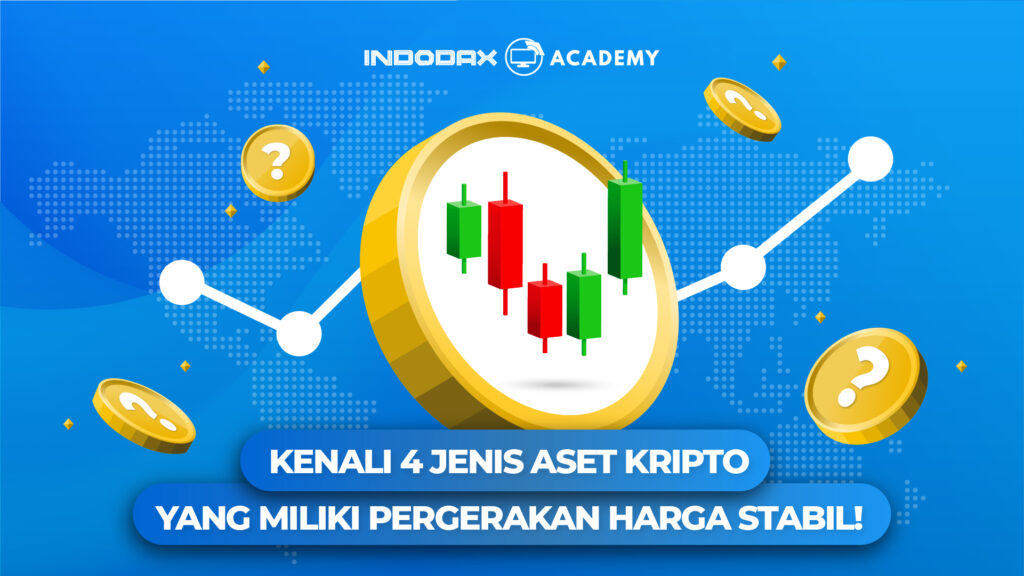Stablecoin is a crypto asset that has a fixed price. In general, stablecoins are pegged at 1:1 for a stable asset, such as gold/fiat currency, such as the US dollar. The essence of this coin is to maintain a pegged value, despite the dynamics of volatility that the crypto market faces.
Stablecoin aims to have a coin with a stable price. Many investors/traders buy these coins not for profit, but as a place to store their money in the form of crypto infrastructure and use it when buying and selling other assets.
The first stablecoin was created in the year two thousand and fourteen. Serves to help facilitate transactions in crypto systems. There are several types of well-known stablecoins.
- Fiat-collateralized which is a pioneer stablecoin that was launched in the year two thousand and fourteen. This stablecoin is pegged to fiat money. An example is Tether (USDT). The USDT value is guaranteed to be one to one with the US dollar. Today, USDT is one of the most popular stablecoins by market cap.
- Commodity-collateralized. These stablecoins are pegged to commodity assets such as gold in order to ensure price stability. The value is guaranteed one to one. Take PAX Gold, for example, a digital asset published by Paxos. PAXG tokens are guaranteed to be equivalent to one troy ounce or approximately thirty one point one gram of gold bullion which has been accredited by the London Bullion Market Association. PAXG tokens, can also be exchanged for physical gold pledged and deposited by the Paxos Trust Company in New York.
- Crypto-collateralized, these stablecoins are secured by other crypto assets. For example, Dai generated by MakerDAO, a decentralized finance application, is a crypto asset built on the Ethereum blockchain which is programmed to have the same value as the US dollar and is also often used for trading crypto assets or as an investment instrument.
- Lastly, non-collateralized i.e. stablecoins without collateral. This one coin does not involve the use of any reserve assets. Because the stability comes from the working mechanism like a central bank.
In addition, there is also an IDK which is pegged to the Indonesian Rupiah or IDR, one IDK is equivalent to one thousand Rupiah.
For example, the base crypto coin uses a consensus mechanism to determine whether to increase or decrease the token supply based on need. This type of stablecoin is known to use a system of seigniorage shares. There are two types of non-collateralized stablecoins, namely carbon and base.
As is known, basically crypto has high volatility. This is the difference between a more stable stablecoin and other crypto.
The high volatility of crypto assets itself occurs because blockchain technology is still relatively new and the crypto asset market in general is still relatively small. To minimize volatility, stablecoins as assets whose prices are pegged to a more stable currency can provide certainty, both to sellers and to buyers. Because the price of this coin has a more controlled movement and can be projected in the near future.
This coin allows its owner to transfer assets cheaply and quickly around the world like other crypto assets, but at a more stable value.





